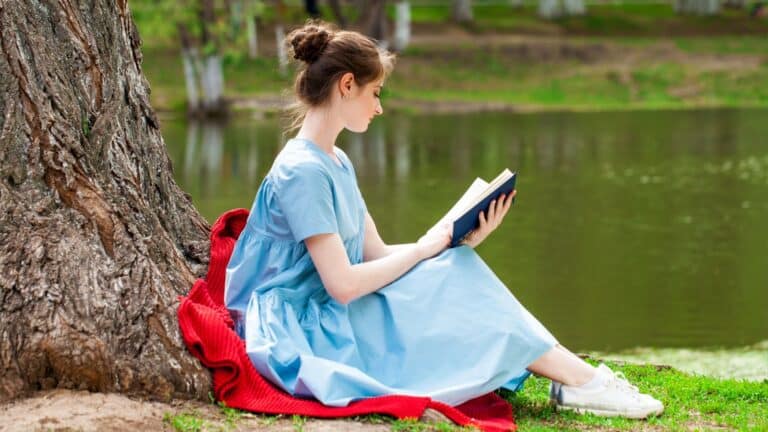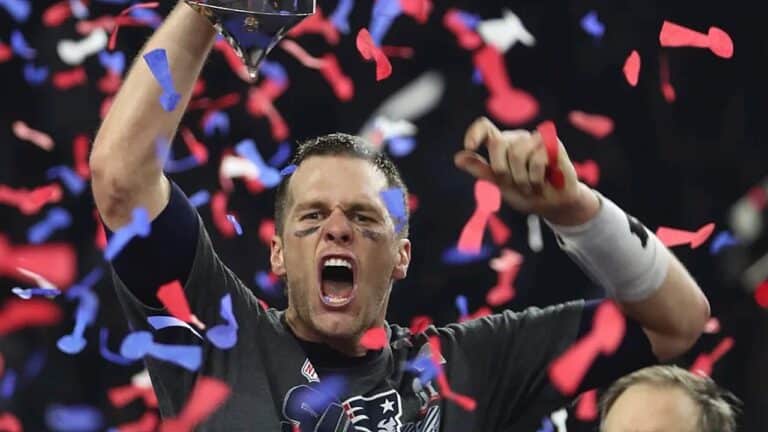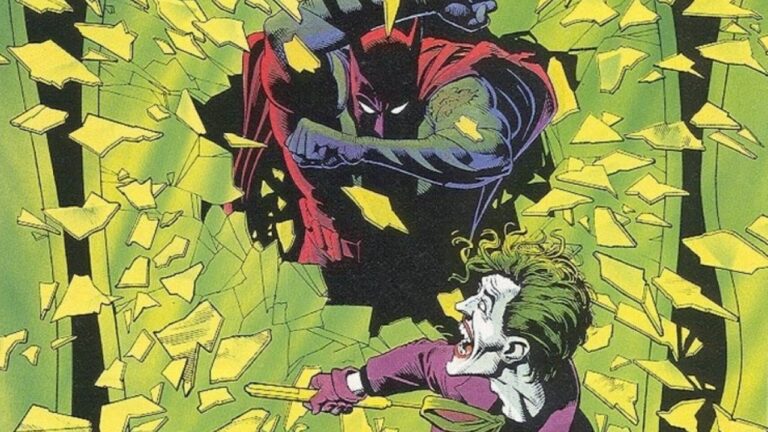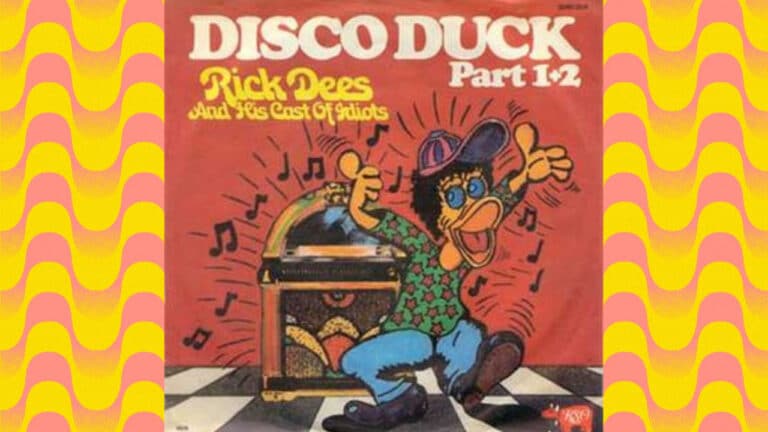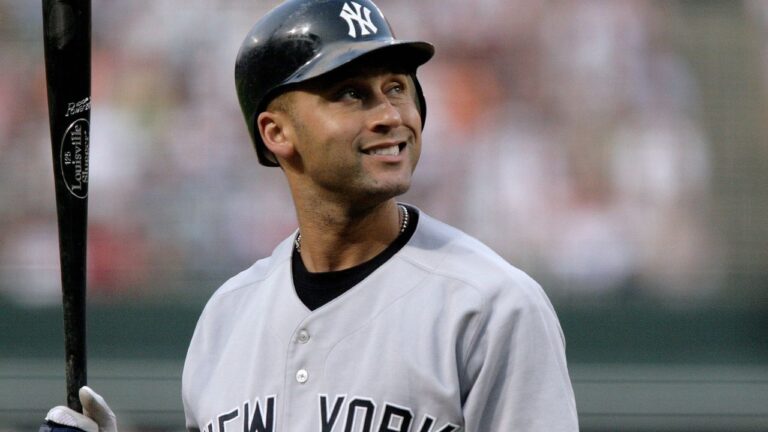13 Francis Ford Coppola Movies That Have Aged as Well as His Wine

Oscar-winning director-producer-screenwriter Francis Ford Coppola is considered one of the greatest living directors. As his passion project Megalopolis arrives in theaters this September, the time is ripe to explore the movies that made Coppola a legend.
Francis Ford Coppola made his directorial debut with the black-and-white 1963 sci-fi horror film Dementia 13. He went on to define the New Hollywood era with landmark films such as The Godfather trilogy, Apocalypse Now, The Outsiders, and Rumble Fish. Coppola’s Bram Stoker’s Dracula is considered a gothic masterpiece that many find superior to the 1931 classic starring Bela Lugosi.
Coppola sold part of his winery to help fund the production of the sci-fi drama Megalopolis starring Adam Driver. Before Megalopolis opens on September 27, check out the best movies from this iconic director.
Dementia 13 (1963)

Francis Ford Coppola made his directorial debut with Dementia 13, a black-and-white horror film produced by Roger Corman and starring William Campbell. Set at a secluded Irish castle, Dementia 13 is about a scheming widow who becomes caught up in a series of mysterious murders while trying to hide her husband’s death.
Critics praised Coppola’s interesting camerawork and shocking ending but criticized his script, which some say felt rushed. Still, Coppola’s practice here in creating a convincing gothic atmosphere helped him decades later when he made Bram Stoker’s Dracula.
The Godfather (1972)

Coppola’s epic crime film The Godfather is based on the novel by Mario Puzo. The movie follows the Corleone crime family headed by Vito Corleone (Marlon Brando) and the rise of his son Michael (Al Pacino) to mafia boss between 1945 and 1955.
The Godfather is considered one of the greatest films ever made and has had an incalculable influence on pop culture to this day despite being over half a century old. There wouldn’t be movies such as Goodfellas or shows such as The Sopranos without the Corleone trilogy that began with The Godfather, which won three Oscars: Best Picture, Best Actor (Brando), and Best Adapted Screenplay.
The Conversation (1974)

In between the first two Godfather installments, Francis Ford Coppola wrote and directed the mystery-thriller The Conversation starring Gene Hackman, John Cazale, and a pre-Star Wars Harrison Ford. Hackman plays a wiretapping expert whose recordings expose a possible murder.
The Conversation rarely enters conversations about Coppola’s filmography because it was Coppola’s next film after The Godfather and couldn’t escape that landmark film’s long shadow. The critically acclaimed neo-noir The Conversation creates a level of tension and paranoia that is difficult to pull off, even today.
The Conversation got nominated for three Oscars, including Best Picture and Best Original Screenplay.
The Godfather Part II (1974)

The second installment of The Godfather trilogy features two parallel stories: a prequel showing a young Vito Corleone (Robert De Niro) establishing the family business in New York City, and a follow-up to The Godfather following Michael (Al Pacino) as the new don of the Corleone crime family.
When people argue about the inferiority of sequels like the characters did in the meta slasher Scream 2, The Godfather Part II always comes up as a notable sequel that is even better than the original. Not only did it become the first sequel to win the Best Picture Oscar, Coppola won Best Director and Best Adapted Screenplay for the Italian-American epic.
Apocalypse Now (1979)

Coppola’s epic Vietnam War film Apocalypse Now follows Captain Willard (Martin Sheen) who travels from South Vietnam to Cambodia on a mission to assassinate Colonel Kurtz (Marlon Brando), who is accused of murder and has descended into madness.
Although it got mixed reviews at the time of its release, Apocalypse Now is now considered a masterpiece and one of the best movies about the Vietnam War. The iconic scene of helicopters flying in at dawn for a napalm strike has influenced countless other filmmakers in movies as diverse as Kong: Skull Island and The Exorcist III.
Apocalypse Now won two Oscars: Best Cinematography and Best Sound.
The Outsiders (1983)

Set in 1965, the coming-of-age drama The Outsiders focuses on two rival gangs: the Socs and the greasers. Coppola cast a posse of up-and-coming young stars for his youth classic, including Emilio Estevez, Matt Dillon, Tom Cruise, Patrick Swayze, Ralph Macchio, and Rob Lowe.
Andrew McCarthy’s documentary Brats generated some buzz this year, and several actors considered a part of the 1980s Brat Pack got their big break in The Outsiders. Coppola’s film adaptation of the 1967 novel of the same name by S.E. Hinton developed a cult following and spawned a 1990 TV sequel series and a 2023 stage musical.
Rumble Fish (1983)

Speaking of author S.E. Hinton, Francis Ford Coppola adapted another one of the author’s books, 1975’s Rumble Fish, the same year Coppola adapted The Outsiders. Rumble Fish stars Mickey Rourke as a former gang leader called Motorcycle Boy trying to live a more peaceful existence and Matt Dillon as his younger brother who aspires to be like the old Motorcycle Boy.
Rumble Fish was shot on stark black-and-white film, which gives it almost a German Expressionist vibe. When asked in an interview about which of her father’s films is her favorite, Sofia Coppola cited Rumble Fish, saying that she loved that it was “an art film about teenagers.”
Although too avant-garde to become a box office hit in the early MTV era, Rumble Fish is worth revisiting now to see how Coppola had the guts to make a daringly original film unlike the other movies of its time.
The Cotton Club (1984)

Set at the titular Harlem jazz venue in the 1930s, The Cotton Club stars Richard Gere as a musician who associates with mobsters to move his career forward. When he falls for the girlfriend (Diane Lane) of a kingpin, the musician’s sour note incites gang violence.
The Cotton Club got nominated for two Oscars and its soundtrack won the Grammy for Best Jazz Instrumental Performance, Big Band. The movie bombed at the box office, but years later Coppola find a Betamax copy of The Cotton Club with 25 minutes of additional footage. The director spent $500,000 of his own money to restore the footage and release The Cotton Club: Encore, now available on DVD and Blu-ray.
Peggy Sue Got Married (1986)

The fantasy comedy-drama Peggy Sue Got Married stars Kathleen Turner as a soon-to-be-divorced woman who is magically transported back to her senior prom in 1960. Nicolas Cage stars as Charlie, Peggy Sue’s high school sweetheart turned estranged husband.
Peggy Sue Got Married targets nostalgic baby boomers trying to navigate the 1980s while struggling to hold on to their roots. A refreshing departure from the violence and heavy atmosphere of most of Coppola’s oeuvre, Peggy Sue Got Married received three Oscar nominations and performed well at the box office.
The Godfather Part III (1990)

The final chapter of The Godfather trilogy follows Michael Corleone (Al Pacino) in 1979 as he attempts to make his businesses legit and cement his legacy for his children, including his daughter, Mary (Sofia Coppola).
Critics slammed Francis Ford Coppola for casting his daughter, Sofia, in the critical role of Mary Corleone after Winona Ryder had to drop out. Although Sofia’s amateurish performance prevented The Godfather Part III from reaching the heights of its predecessors, the movie successfully ends the story of Michael Corleone and still got nominated for seven Oscars.
Francis Ford Coppola released a recut version titled The Godfather Coda: The Death of Michael Corleone in 2020 that won over more critics than the original theatrical release.
Bram Stoker’s Dracula (1992)

Francis Ford Coppola’s 1992 gothic horror masterpiece merges the legend of Vlad the Impaler with Bram Stoker’s Dracula. The movie stars Gary Oldman as Dracula, Keanu Reeves as Jonathan Harker, Winona Ryder as Mina Murray, and Anthony Hopkins as vampire hunter Abraham Van Helsing.
Although more of a reinterpretation of 1931’s Dracula starring Bela Lugosi than a straightforward remake, Bram Stoker’s Dracula introduced a new generation to the classic vampire story. The haunting scene in which the vampire Lucy (Sadie Frost) descends into a crypt carrying a child is one of the most gorgeously gothic moments captured on film in history. Coppola also deserves praise for insisting upon using old-fashioned special effects and ingenious camera tricks instead of CGI.
Bram Stoker’s Dracula won several Oscars, including Best Costume Design and Best Makeup.
The Rainmaker (1997)

In this legal drama based on the John Grisham novel of the same name, Matt Damon stars as a rookie lawyer who takes on the high-stakes case of a terminally ill man who is denied coverage by an intimidatingly powerful insurance company.
Critics praised Francis Ford Coppola for directing one of the best John Grisham adaptations with The Rainmaker. After the film’s release, Coppola said that he kind of retired from being a professional director and instead turned his attention to making low-budget, small films that were often self-financed.
Tetro (2009)

In the international coproduction Tetro, teenage Bennie (Alden Ehrenreich) travels to Argentina to find his long-estranged brother, Tetro (Vincent Gallo). Disheartened to find Tetro self-destructive and no longer a writer, Bennie decides to risk everything by completing one of Tetro’s plays and submitting it for consideration for a literary prize.
Critics praised Francis Ford Coppola for stylishly directing yet another operatic family drama and for introducing the world to the talents of Ehrenreich, who made his impressive film debut in Tetro. Coppola only made one other movie, Twixt, between Tetro and 2024’s Megalopolis.
